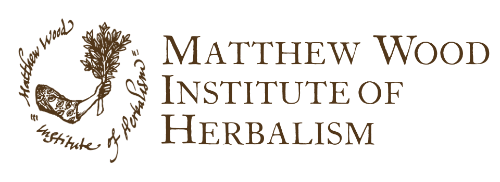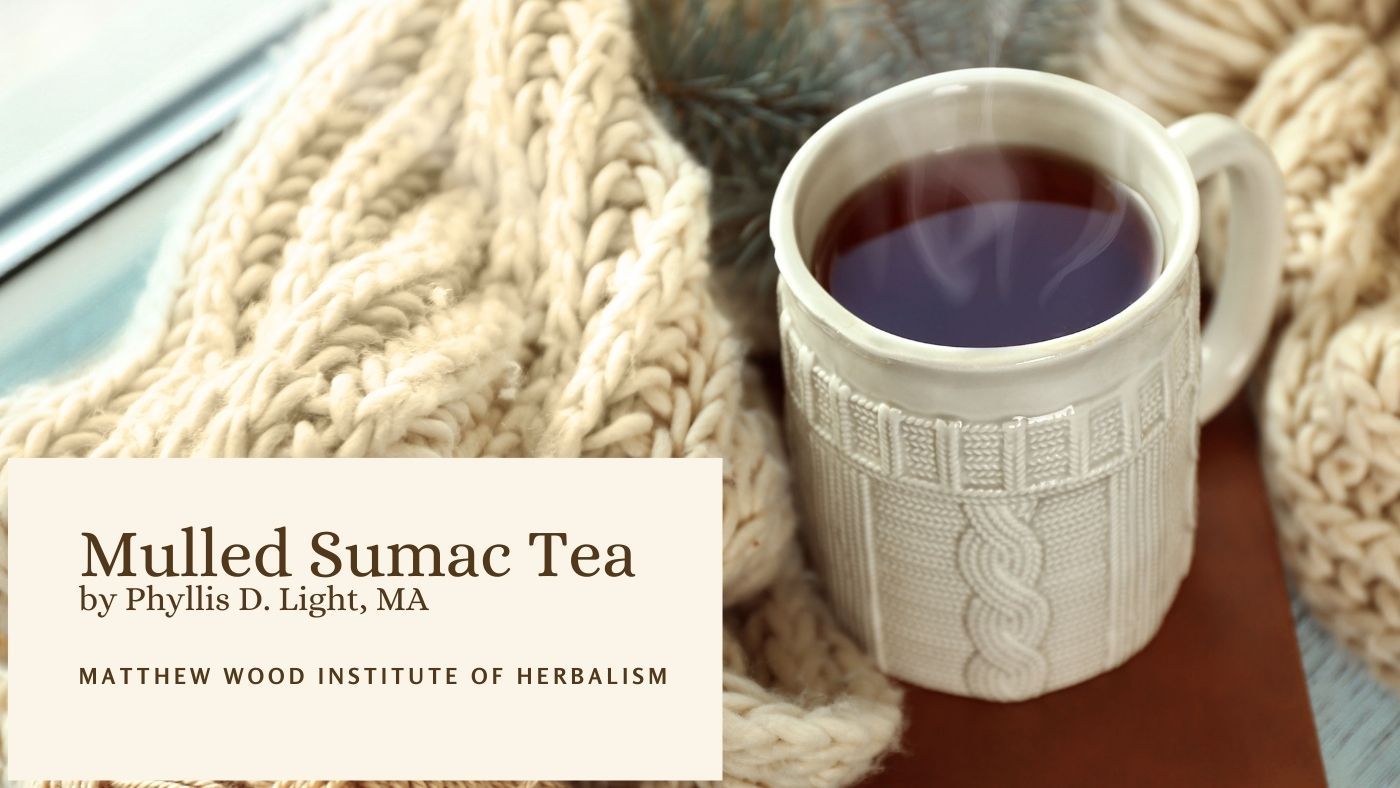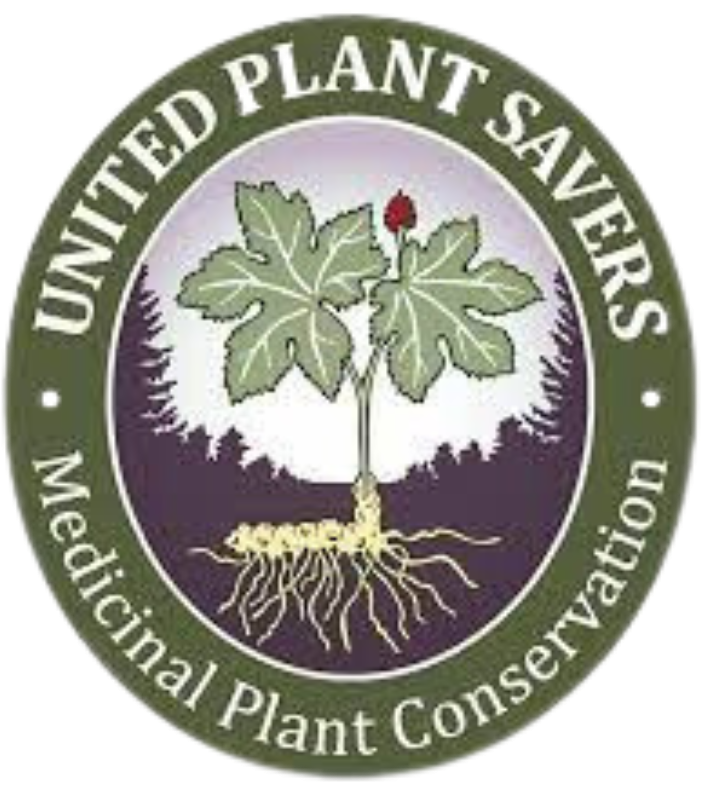Jump to Recipe
It’s red, a bit sourish, nourishing, and slightly astringent with a lemony flavor. You can drink it warm or cold, with added sweetener and spices, or enjoy it au naturel. This mulled sumac tea is a lovely winter drink served warm to help support the immune, respiratory, and urinary tract systems and to build the blood. It’s also a wonderful summer drink served cold to lower the body temperature in the heat.
There are three different sumacs that thrive in the South and they are used interchangeably – winged sumac (Rhus copallinum), smooth sumac (Rhus glabra), and staghorn sumac (Rhus typhina). The berries range from reddish-brown to bright red in the late summer and early fall. It’s almost impossible to confuse it with a toxic look-alike, poison sumac (Toxicodendron vernix) which has white berries and grows near swampy areas. Stay away from white berries, and you shouldn’t have a problem.
Sumac can help reduce inflammation, lower blood sugar, improve iron stores, and it’s high in vitamin C and malic acid. It contains both oleic and linoleic acids which support heart health and hormonal systems. Sumac is also high in antioxidants.
My favorite sumac winter drink is quite easy to prepare. You can use ground sumac or whole berries. I’m going to use ground sumac in the following recipe since it’s easy to find online. However, at home, I use whole berries that I’ve wild-harvested and dried. Sumac also goes well with other herbal teas, especially chamomile, peppermint, and mullein. It also goes well with the spices ginger, cinnamon, allspice, cloves, and nutmeg (you can learn some about these spices in the recent Traditional Holiday Herbs, Spices and Plants).
There are three different sumacs that thrive in the South and they are used interchangeably – winged sumac (Rhus copallinum), smooth sumac (Rhus glabra), and staghorn sumac (Rhus typhina). The berries range from reddish-brown to bright red in the late summer and early fall. It’s almost impossible to confuse it with a toxic look-alike, poison sumac (Toxicodendron vernix) which has white berries and grows near swampy areas. Stay away from white berries, and you shouldn’t have a problem.
Sumac can help reduce inflammation, lower blood sugar, improve iron stores, and it’s high in vitamin C and malic acid. It contains both oleic and linoleic acids which support heart health and hormonal systems. Sumac is also high in antioxidants.
My favorite sumac winter drink is quite easy to prepare. You can use ground sumac or whole berries. I’m going to use ground sumac in the following recipe since it’s easy to find online. However, at home, I use whole berries that I’ve wild-harvested and dried. Sumac also goes well with other herbal teas, especially chamomile, peppermint, and mullein. It also goes well with the spices ginger, cinnamon, allspice, cloves, and nutmeg (you can learn some about these spices in the recent Traditional Holiday Herbs, Spices and Plants).
Mulled Sumac Tea
As always make sure to forage for plants away from roads and pollution as much as possible. Never overharvest any plant, as they are of course not only here for our enjoyment, but also here for the insects, bees, and birds. Have fun out there!
**Permissions**
You’re welcome to share this blog post on social media and link back to it—please do! All images, photos, and written content are the creative property of the author and used with permission. If you’d like to reproduce or distribute any part of this content beyond social sharing, written permission is required.
**Disclaimer**
The information provided in this digital content is for educational purposes only and is not intended as medical advice, diagnosis, or treatment. It should not be used as a substitute for consultation with a qualified healthcare professional. Always consult a licensed healthcare provider before making any changes to your health regimen, especially if you are pregnant, nursing, taking medications, or have a diagnosed medical condition.
Matthew Wood, the Matthew Wood Institute of Herbalism, Earth to Stars Productions, and their employees, guests, affiliates, and collaborators assume no liability for the use or misuse of any information presented. The application of any material is solely the responsibility of the reader or participant.
Any descriptions of herbal or natural products, remedies, or techniques are for informational purposes only. These statements have not been evaluated by the Food and Drug Administration (FDA). This content is not intended to diagnose, treat, cure, or prevent any disease.
Participation in educational programs or use of this material does not confer certification, licensure, or professional qualification in herbal medicine or any healthcare field. Results or experiences described may vary and are not guaranteed.
This disclaimer shall be governed by and construed in accordance with the laws of Minnesota, USA, without regard to conflict of law principles.


